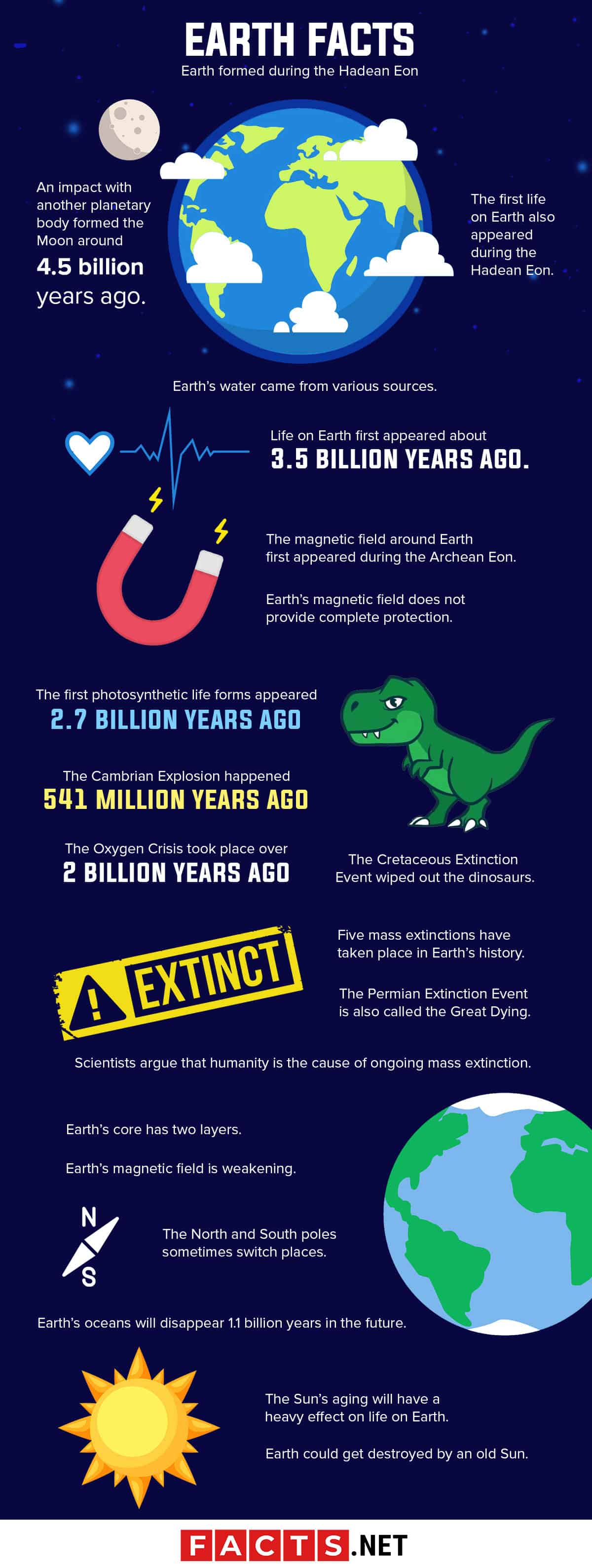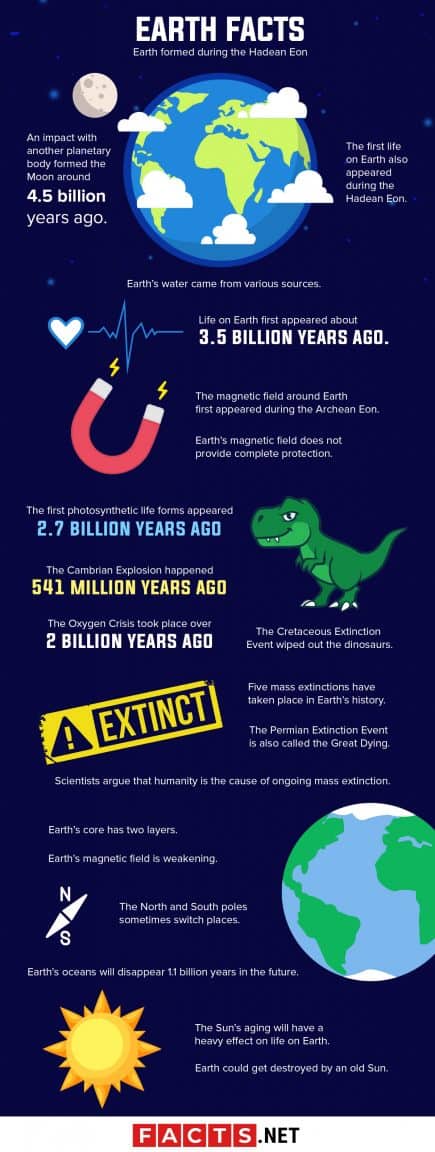
The Earth is the third planet from the sun and is the only planet known to support life. It is the fifth largest planet in the solar system and has a diameter of approximately 12,742 kilometers. The Earth is also the densest planet in the solar system, with a mass of approximately 5.97 x 10^24 kilograms.
Layers of the Earth

The Earth is composed of several layers: the inner core, outer core, mantle, and crust. The inner core is the Earth's hottest and most dense layer, while the crust is the Earth's thinnest layer and contains all life on the planet.
Continental Drift

The Earth's continents were once joined together in a supercontinent called Pangaea. Over time, the continents have drifted apart due to plate tectonics and are still moving today at a rate of several centimeters per year.
Earthquakes and Volcanoes

Earthquakes and volcanoes are caused by the movement of tectonic plates. When plates collide or slide past each other, they can cause earthquakes and volcanic eruptions. The Earth is also home to over 1,500 active volcanoes and experiences over 50,000 earthquakes each year.
Atmosphere

The Earth's atmosphere is composed of several layers: the troposphere, stratosphere, mesosphere, thermosphere, and exosphere. The atmosphere protects the Earth from harmful radiation and provides the air we breathe.
Water

The Earth is often called the "blue planet" because of its abundance of water. Approximately 71% of the Earth's surface is covered in water, with 97% of that water being found in the oceans. The remaining 3% is freshwater, which is found in rivers, lakes, and underground aquifers.
Weather

The Earth's weather is influenced by many factors, including the amount of sunlight received, the Earth's rotation, and the distribution of land and water. Weather patterns are constantly changing and can be unpredictable, making it important to be prepared for severe weather events such as hurricanes, tornadoes, and blizzards.
Magnetic Field

The Earth has a magnetic field that is created by the movement of molten iron in the outer core. The magnetic field protects the Earth from harmful solar winds and helps to create the auroras in the Earth's atmosphere.
Conclusion
In conclusion, the Earth is a fascinating planet with a rich history and many unique features. From its layers to its weather patterns, the Earth provides us with a glimpse into the complexity and beauty of our universe.